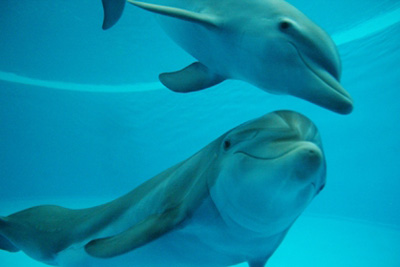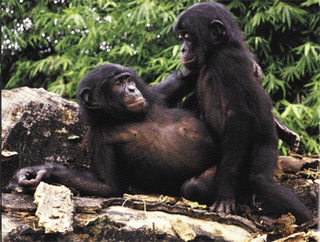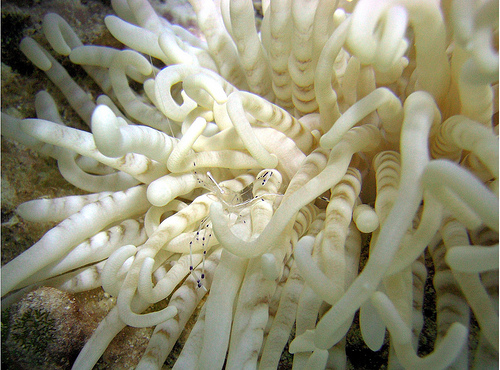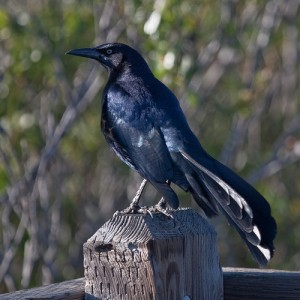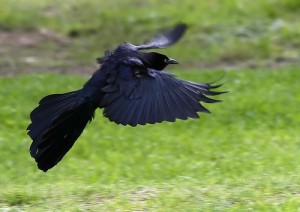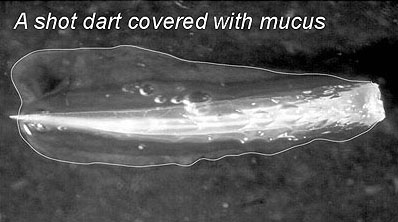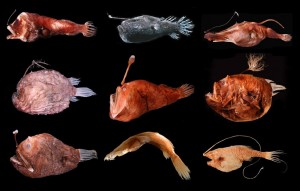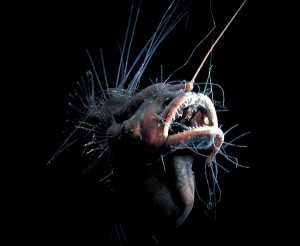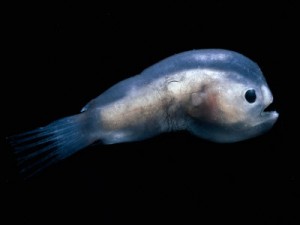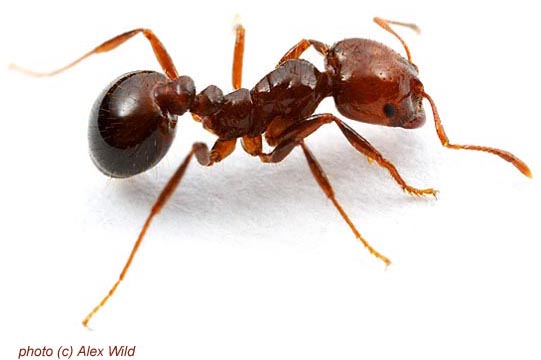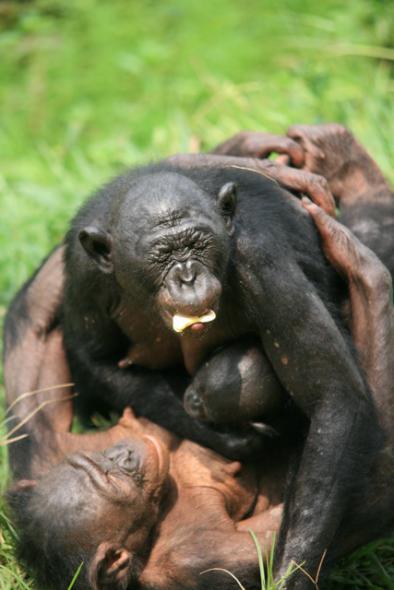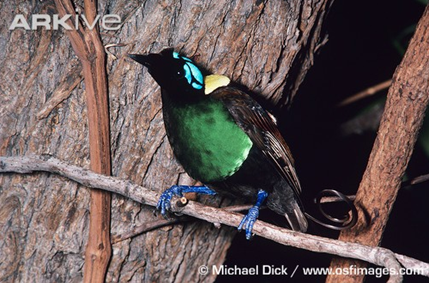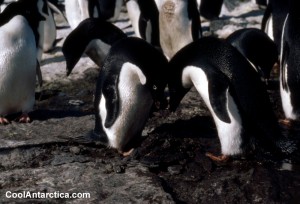Animals are homosexual? You must be kidding!!!
This is probably the reaction that most people will give when they hear this statement. Homosexuality itself is a topic that can be rather taboo. Even considering homosexuality in animals, would thus probably stir much controversy.
The strong Darwinist concept of animals teaches that animals only have sex to procreate. However, interestingly homosexuality that has no reproductive purpose is actually quite common in the animal kingdom.
Homosexual behaviour consists of 5 different categories:
- Courtship
- Affection
- Sexual behaviour
- Pair-bonding
- Parenting
Different combinations of these behaviours can be observed in different species. Some animals form long term homosexual pair-bonds that sometimes extend throughout their lives. This is seen in dolphins where male dolphin pairs travel together in search of female dolphins for procreation. The male-female bond is however only temporary.
Females also have their fair share of homosexual behaviour. This is best seen in parenting, for instance, among birds such as geese and ducks. Single females will lay eggs in a homosexual pair’s nest and the parenting is left to the homosexual couples. Homosexual couples also tend to be better at raising the young than heterosexual couples.
Male giraffes can be particularly affectionate towards one another when they rub and entangle their necks. Lions similarly nuzzle, caress, mount and even engage in sex to strengthen their bonds. Perhaps one of the most promiscuous species would be Bonobo monkeys. They creatively come up with different ways to derive sexual pleasure for themselves and others. This includes masturbation, oral sex and use of sex toys. Sexual play among one another is also effective in resolving conflicts for these species.
When it comes to sex, animals in the wild are truly wild…
Do check out the video: Homosexuality in animals
References
1. National Geographic News, “Homosexual Activity Among Animals Stirs Debate”. 23 July 2004 <http://news.nationalgeographic.com/news/2004/07/0722_040722_gayanimal.html>(( ( Accessed on: 4th April 2010)
2. Sexplorations, “Homosexuality in Animals”, 22 March 2008
<http://www.youtube.com/watch?v=VUwza5Grxos>
(Accessed on: 1st April 2010)
3. Telegraph, “Homosexual behaviour widespreaf in animals according to new study”. 16 June 2009
< http://www.telegraph.co.uk/science/science-news/5550488/Homosexual-behaviour-widespread-in-animals-according-to-new-study.html>
(Accessed on: 5th April 2010)
4. The Medical News, “1,500 animal species practice homosexuality”. 23 October 2006
<http://www.news-medical.net/news/2006/10/23/20718.aspx>.
(Accessed on: 2nd April 2010)
Photo credits
1. Elodie, Ä memorable experience for young & old: The Zoo of Barcelona”, 1 April 2009
< http://www.perfecttravelblog.com/leisure/>
( Accessed on: 6th April 2010)
2. Ho, Raymond, “Homosexuality: Was Darwin Wrong On Sexual Selection?”, 3 November 2009
<http://theprancingpapio.blogspot.com/2009_11_01_archive.html >.
(Accessed on: 6th April 2010)
Video credit
National Geographic, “Homosexuality in Animals”, 6 October 2006
< http://www.youtube.com/watch?v=7RlTAyNI8WE>
(Accessed on 6th April 2010)

